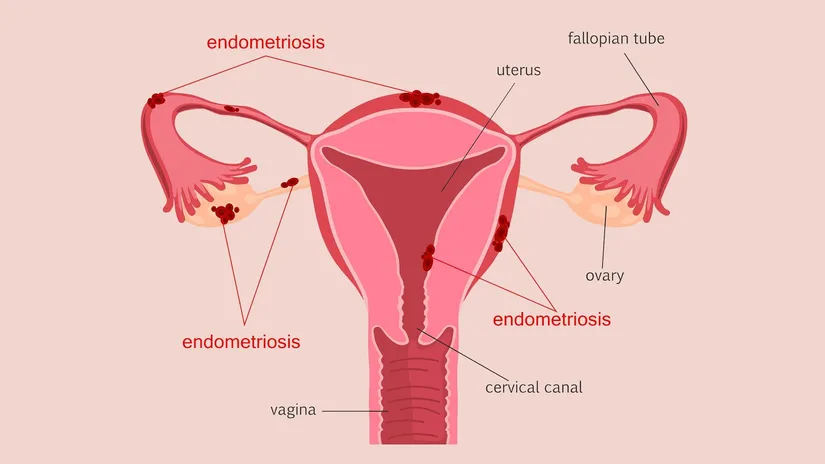Cervical erosion, commonly known as cervical scarring, is one of the most common gynecological problems. It occurs when the cells that form the outer surface of the cervix, called squamous cells, are partially or completely absent. These cells have been replaced by columnar cells from inside the cervical canal (endocervical canal). Since the canal tissue has a red and tender appearance, it is identified on examination as a wound or erosion. However, in reality there is no scarring or tissue loss.
Cervicitis, defined as inflammation of the cervical tissue, usually develops due to an infection. Trauma to the penis during sexual intercourse or the use of tampons etc. can also be a risk factor. Vaginal infections, chemicals in creams and condoms, spermicidal drugs can also cause sores on the cervix. Pregnancy and use of birth control pills can also cause the endocervical tissue to turn outward.
Symptoms of Cervical Wound
The most typical symptom of a cervical sore is discharge after the end of menstruation. There is usually an odorless, transparent, white discharge. However, if there is an infection, the discharge may be inflamed and foul-smelling. In addition to discharge, abnormal vaginal bleeding is also a sign of a cervical wound. Since the tissue in this area is more sensitive and fragile, slight bleeding or spotting may occur during and after sexual intercourse. In the presence of a wound on the cervix, occasional bleeding and spotting can be observed independently of sexual intercourse.
Diagnosis and Treatment of Cervical Wound
The condition is diagnosed during a gynecological examination when the cervix is observed with a speculum and a smear is taken. Some additional tests such as smear, cervical biopsy, colposcopy can be performed to make a definitive diagnosis of the area, which can be seen as a wound on examination.
A cervical sore is a condition that usually heals on its own. When factors such as infection, trauma or chemical substances that cause the disease are identified, eliminating the factor facilitates the treatment process. In cases that do not resolve spontaneously during the follow-up period, do not have any underlying cause and the patient experiences intense discharge and bleeding, treatment methods such as burning (cauterization) and freezing (cryotherapy) can also be applied.
It is important for women with cervical sores not to neglect Smear screening tests in terms of cervical cancer screening. Before intervening in a cervical sore, we want to know that there is no abnormality in the smear test. For this reason, it is very important for your health not to neglect your annual gynecological controls.








